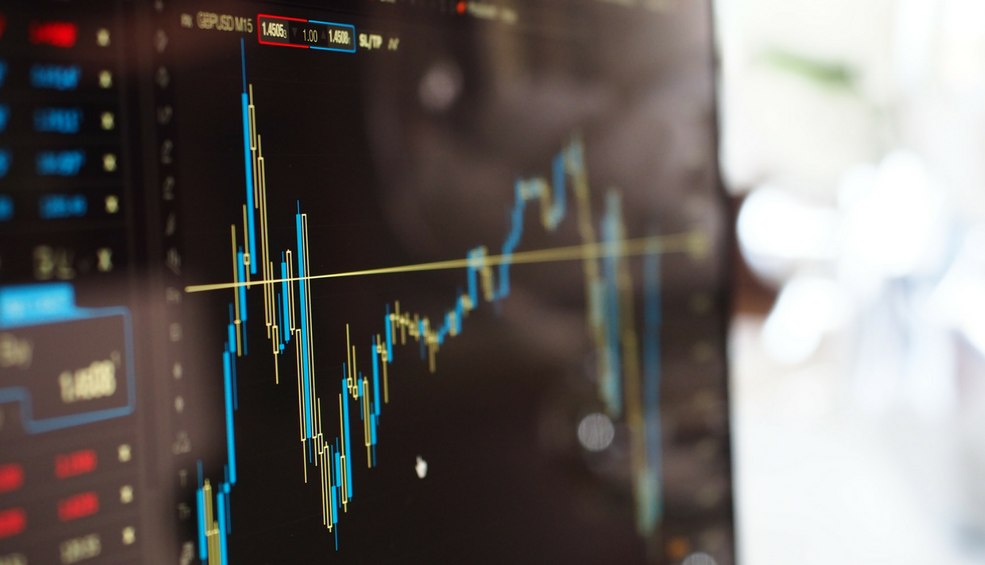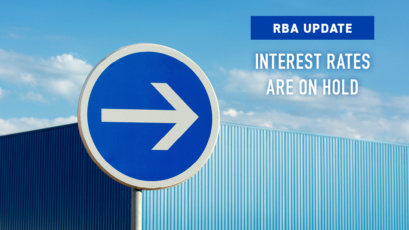Australian shares rallied in September earning back the losses from August. The S&P/ASX 200 Index returned 1.84% over the month, with Energy (+4.46%) bouncing back from a loss last month. Banks (+4.23%) also gained ground. Healthcare stocks (-2.15%) gave up some of their gains in September.
The return on Global shares was also positive, at +2.04% for the month showing that in spite of the concerns over the yield curve inversion and weak Global purchasing manager indices the market still believes the US Federal Reserve will pursue an accommodative monetary strategy for the foreseeable future.
Australian listed property started to stall (-2.73%) in September. Heavyweights Charter Hall (-7.9%) and Dexus (-7.5%) were big contributors to the loss. Although the sector still holds the 12 month top performer crown, we have been reducing exposure as some of the large developers have reached expensive valuation levels. We have been rotating out of Australian REIT’s and adding to Global REIT’s. While the yields are no higher, there is a greater diversity of income streams, and less concentration in a few large expensive stocks that is a concern with Australian REIT indexes.
Fixed Interest started to stumble in September. The Australian ten-year government bond started the month with a yield of 0.90%, spiked to 1.18% mid month, and then finished back at 0.95%. While government bonds have no real ‘credit risk’ they certainly do have ‘volatility risk’. This is a factor that investors will taste more in future as interest rates on bonds become more volatile as the economic outlook swings between optimism and pessimism. Global bond yields also backed up somewhat in September, leading to losses, though they have given a fantastic return for the last 12 months.
| INDEX RETURNS AS AT 30 September 2019 (%) | ||||
| 1 month | 3 months | 6 months | One year | |
| Australian Shares | 1.84 | 2.37 | 10.53 | 12.47 |
| International Shares | 2.04 | 4.18 | 9.39 | 9.27 |
| Australian Listed Property | -2.37 | 0.95 | 5.06 | 18.25 |
| Global Listed Property | 2.56 | 5.64 | 5.14 | 13.47 |
| Australian Fixed Interest | -0.49 | 1.98 | 5.09 | 11.13 |
| International Fixed Int | -0.56 | 2.34 | 5.08 | 9.81 |
| Cash | 0.08 | 0.29 | 0.74 | 1.74 |
| Market Indices | ||||
| S&P/ASX 200 Accumulation Index | ||||
| MSCI AC World ex Aust TR Index $A | ||||
| S&P/ASX 300 Property Trusts Accum Index | ||||
| FTSE EPRA/NAREIT DEVELOP NR INDEX (A$ HEDGED) | ||||
| Bloomberg Composite 0 + Years | ||||
| BarCap Global Aggregate Index Hedged AUD | ||||
| Bloomberg Aus Bank Bill Index | ||||
In last months update we commented on bond yields, and how the duration of a bond affects its volatility. This becomes even more extreme at lower interest rates. To continue that discussion a bit further we take a look at the market value impact of a 1% move in yields on a ten-year government bond.
The 2029 maturity Australian Government bond with a 2.75% ‘coupon’ is worth about $118.39 when the bond yield is at 0.95% as it was at the end of September 2019. If that bond yield increased to 1.95%, (a rise of 1% in yield demanded by new buyers) then the bond would suddenly be worth only $108.40. That is a fall of 8.43% in market value of a government bond. No risk of the government going broke, but there is a real possibility if rates go up, that you can face a ‘mark to market’ loss on a bond investment. (Click through here to the ASX calculator)
Translating that into a more ‘vanilla’ portfolio of bonds, consider the Bloomberg Composite 0 + Years index that we refer to in the performance table above. Note that the index has returned 11.13% over the last 12 months, mostly from increasing market price as investors were willing to pay higher and higher prices, which in turn means the market yield falls.
Right now, that index, the Bloomberg Composite 0 + Years is represented by about 670 bonds, the majority of which are government or semi-government issuers. The current ‘yield to maturity’ of the bonds in the index is 1.06%. What that means, is that if you hold all of those bonds until maturity, which is around 6 years, and ignore the capital value fluctuations, just patiently collecting the interest (coupon) payments, your return will be 1.06% per annum. To put that in perspective, last year the index made you 11.13%. For the next six years, it would make you 1.06% per annum all things being equal.
Using the same calculator that we used to calculate the mark to market loss of a ten-year bond, we applied the same to the Bloomberg Composite 0 + Years index. The loss on a 1% increase in rates would be around 5.8% of capital. This conundrum illustrates why we are being cautious on duration at the moment – it has risks that an individual investor would not normally associate with the asset class – Fixed Income. The income might be ‘fixed’ but the market value of that income can vary dramatically.
If you want to get more involved with your superannuation, investments or insurance, please give us a call at Quill Group.













